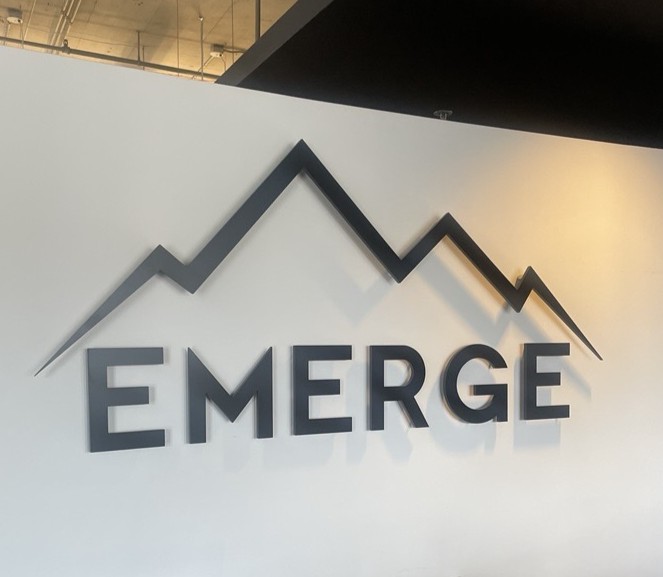In a world that has moved faster, fostered shortcuts, and rewarded speed, our recruiting process has been purposefully designed to slow things down. Throughout our 16-touch process, we have implemented a series of stopgaps designed to measure a candidate’s interest and qualifications, and suitability for the job. Importantly, our process works to ensure that candidates aren’t just taking any job but demonstrate that they want this job. This thorough process helps us identify the most qualified candidates, moving us closer to making the right job offer.
Slowing Down with Purpose
In contrast, many rushed hiring processes prioritize filling positions quickly over finding the truly right people. This often leads to poor fit, high turnover, and the need to start the process all over again – wasting far more time and resources in the long run. Our deliberate process helps ensure a high-quality hire, saving not just time but also the cost and disruption associated with turnover.
Why Focus on Motivation in the Candidate Selection Process?
Finding a candidate who genuinely wants this specific job has a multitude of benefits for the company. Employees who are interested in the work itself tend to have lower turnover rates, leading to reduced recruitment costs and a more stable workforce. Additionally, these employees are often more engaged and productive, contributing to higher overall output.
We believe that each touch point can serve as evaluation criteria and if treated as such, can create an effective and efficient hiring process. Equally, this process can, and should, move quickly. Also, by treating each touch point as a criterion as to how fast a candidate responds, gauging the thoroughness and thoughtfulness of the response, it can allow the hiring team to move quickly amongst a group of candidates. We have broken these measures in the pre-, present, and post-interview processes.
Case Study
For a recent Sales Manager position, we had two candidates (A and B) with similar resumes. Candidate A responded to our initial outreach within 12 hours, with well-crafted answers to our pre-screening questions. Candidate B took 3 days to reply with generic answers. This initial interaction set the tone – Candidate A was consistently engaged throughout the recruitment and selection process and consistently demonstrated the skills and qualities we sought, making them the ideal choice for the interview offer.
The Power of Questions
Including a few open-ended questions in your initial outreach is a powerful evaluation tool. Ask about the candidate’s interest in your mission, what excites them about the role, or why they feel they’d be a good fit. Their responses will quickly reveal their level of genuine interest and thoughtfulness.
For each hiring team, it will be important to set up these series of checkpoints before, during and after the interview. That way, you can measure one candidate’s response against another. measuring how fast a candidate accepts an invitation, and how they treat the receptionist and the interview coordination team. We believe the actual interviews should take an authentic shape. These discussions take their natural course, but the actual process for each role should be the exact same. We urge our clients to map out their pre-interview criteria. Some of those we include are:
- Invite to apply – Do they follow instructions? Is their communication clear and professional? Even in this first step, attention to detail, writing skills, and their ability to clearly express interest come through. A carefully crafted initial email or cover letter signals both competence and genuine interest.
- Scheduling call– Are they flexible and show consideration for your time?
- Meeting invIte email – Do they carefully read and follow details?
- Confirmation call– Are they reliable and punctual?
- Confirmation text– Do they demonstrate attention to detail?
Addressing Doubts
Some might worry this process adds unnecessary time. However, by carefully evaluating candidates early, you save significant time by avoiding pointless interviews with those who are uninterested or unqualified.
Beyond saving time, this process also reveals qualities vital for long-term success. A candidate who meticulously follows instructions demonstrates their potential for being a reliable, detail-oriented employee. Those who take initiative in their responses show they can be proactive problem-solvers. These traits aren’t always apparent in a traditional resume or interview, which is why gauging them early can be invaluable.
By laying out these critical steps in the pre-interview, you can gauge a candidate’s level of thoughtfulness, thoroughness, and urgency. Does the candidate follow the instructions laid out in these messages, do they reply, and are they thoughtful in their responses. By measuring a candidate through this step, you are not adding time to the process, but are adding layers that ensure your selected candidate is demonstrating a difference from their peers, all on how they follow up and through.
Ready to streamline your hiring? Start evaluating from the very first interaction!



